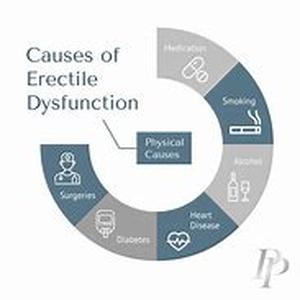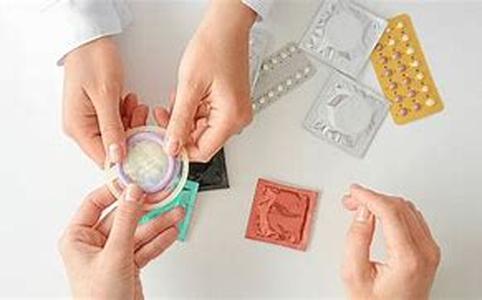
Treatment Of Gum Disease Or Periodontal Disease Starts With Thorough Examination Of Your Gums To Provide Accurate Diagnosis And Recommendation. Before Performing Periodontal Examination, The Dentist Will Review Your Medical And Dental Records And Have You Fill Out A Questionnaire To Identify Any Special Health Concerns And Necessary Precautions. In A Periodontal Examination, The Dentist Assesses The Teeth And Gum Line, Identifies The Degree Of Plaque And Tartar Buildup And Measures The Pockets Or The Spaces Between Teeth And Gums. Deeper Pockets Mean Worse Infection. Dental X-rays May Also Be Required In Order To See The Full Extent Of Damage. After Careful Evaluation Of Your Gums, The Dentist Will Recommend The Best Treatment For Your Specific Gum Disease. There Are Various Periodontal Treatment Options Available. Based On The Results Of The Diagnostic Test, The Dentist Will Determine If Non Invasive Gum Disease Treatment Is Adequate Or If Your Condition Requires Surgical Treatment. Usually, The Depth Of The Teeth Pockets Can Indicate If You Would Need Periodontal Surgery. If The Pockets Are Less Than 5 Millimeters Deep, Non Invasive Gum Disease Treatment Is The Most Suitable Option. Non Invasive Gum Disease Treatment Involves The Following Deep-cleaning Procedures - Scaling, Which Is The Removal Of Plaque And Tartar Deposits That Above And Beneath The Gum Line And Root Planing Is The Smoothing Of Teeth Roots To Eliminate And Inhibit Plaque And Tartar Buildup.Another Non Invasive Gum Disease Treatment Is Antibiotic Treatment. Antibiotics Stop Bacterial Growth. They Are Available In Various Forms Including Antibiotic Tablets Or Capsules, Mouthwash And Topical Antibiotics, Which Are Applied Directly On The Affected Area. The Dentist May Also Place Threads Or Strips With Antibiotics In Your Tooth Pocket To Reduce Bacteria. After Non Invasive Gum Disease Treatment, The Dentist Will Work Out A Maintenance Program For You To Track How Well Your Gum Tissue Is Responding To Treatment And To Ensure That You Are Keeping Good Care Of Your Teeth And Gums. The Program Will Require More Frequent Regular Checkups And Cleanings Possibly Every 3 Or 4 Months. As Part Of Non Invasive Gum Disease Treatment, The Dentist Will Also Instruct You On How To Maintain Good Oral Hygiene Including Proper Cleaning Of Your Teeth And Gums. At Times, A Routine Of Thorough Oral Cleanings At The Dental Office And At Home Is Enough To Reverse Gum Disease.





